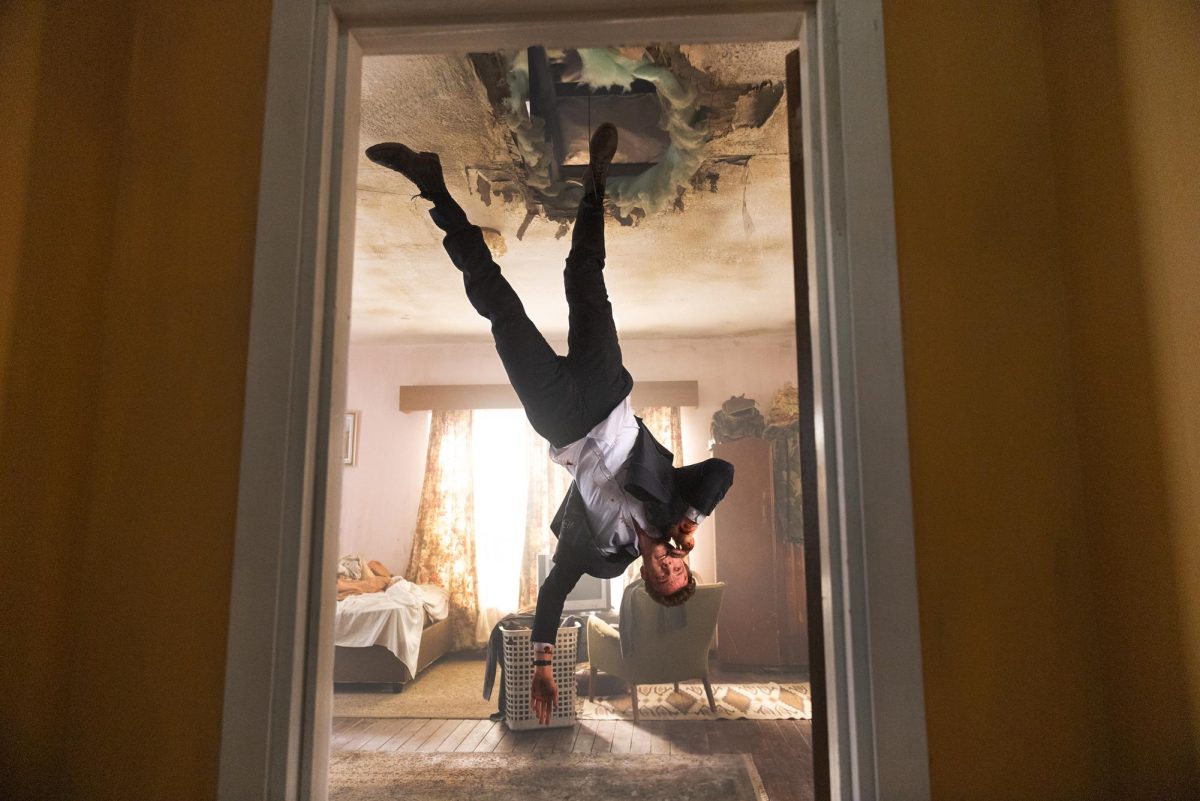David Lowery’s newest addition to the film festival circuit, “Ain’t Them Bodies Saints,” immediately sweeps its audience into a flurry of emotions.
After overhearing her outlaw husband Bob’s (Casey Affleck) plans to abandon his longtime partner-in-crime and “strike out on his own,” a threatened Ruth (Rooney Mara) decides to leave him. This leads to an argument where anger and fear bubble to the surface as Ruth reveals some life-changing news: she is pregnant. The argument quickly turns into joyous relief as Bob promises he will stay with her and their unborn child. The compelling integrity of this performance is indicative of scenes to come.
Bob promises to do right by his growing family after one last job. However, a shoot-out between the outlaws and the local sheriff’s department forces the lovers apart. During the violence, Ruth injures deputy sheriff Patrick (Ben Foster), but Bob insistently takes the blame to protect her, landing himself a prison sentence of 25 years to life. Four years and five escape attempts later, Bob finally breaks loose from jail. Fulfilling the promises left in hundreds of love letters to Ruth, Bob makes a determined and deliberate trek across the country to become reunited with the family he has never known.
The drama of this film lies not in the brief action sequences, but in the strong performances delivered by a standout cast. Mara plays the young mother faithfully, with a constant juxtaposition of expressions that reflect her conflicted character. Mara expertly creates a sense of buried guilt, which shines through Ruth’s seemingly immovable facade of strength. Her body language is introspective despite her impeccable posture, her interactions with everyone except her daughter are stiff and uninviting.
The cautious affection that forms between four-year-old Sylvie (Kennadie and Jacklynn Smith) and Foster’s pseudo-father character is bittersweet in its unlikely development and played with a subtle precision unexpected of the young actresses. Each of the Smith’s expressions are consciously weighed, a convincing mixture of distrust and longing for the forming relationship with Patrick. Smith and Foster’s interactions are at an arms length, creating invisible boundaries that reflect an emotional tension within each scene and serve as a foil to the characters’ natural chemistry.
Affleck’s interpretation of Bob Muldoon, however, is the most impressive. He effectively embodies a character held together by the sheer force of the past. Every word, action and breath reflects a single-minded determination, with an authenticity that can’t be questioned.
Through beautifully melancholic imagery, Bradford Young, Sundance award-winning cinematographer, manages to capture an intimate loneliness within his subjects and their interactions. He wields the elements of light and dark like a painter, emphasizing the depth of character through the implementation of moody shadows or faded halos reminiscent of blurred photographs. These glimpses amplify the fortitude of happier moments: Sylvie’s birth, a young Ruth and Bob embracing, Sylvie and her mother preparing for bedtime. Wide-shots of the rural Texan landscape are picturesque, exemplifying the lonely beauty of a lost romance.
Despite the quiet, somber nature of the story, Lowery’s anecdotal use of both music and dialogue adds a light-hearted and even humorous quality to the film. The diegetic score is character-motivated, a collection of seemingly improvised melodies that allude to events both past and present, acting as a vehicle for secondary narrative. Lowery’s dialogue borders between the conversationally philosophical and uncomfortably heavy. An occasional glint of well-placed wit similarly creates a sense of levity within an otherwise palpably emotional atmosphere.
Lowery’s sincerely poignant narrative deserves praise for its plain but powerful content. Such subtly visceral storytelling is a rare quality to find in modern-day cinema. Consequently, Lowery remains a director to watch. “Ain’t Them Bodies Saints” is not the typical flashy crime-drama, it’s honest and human, just like the characters it portrays.
















